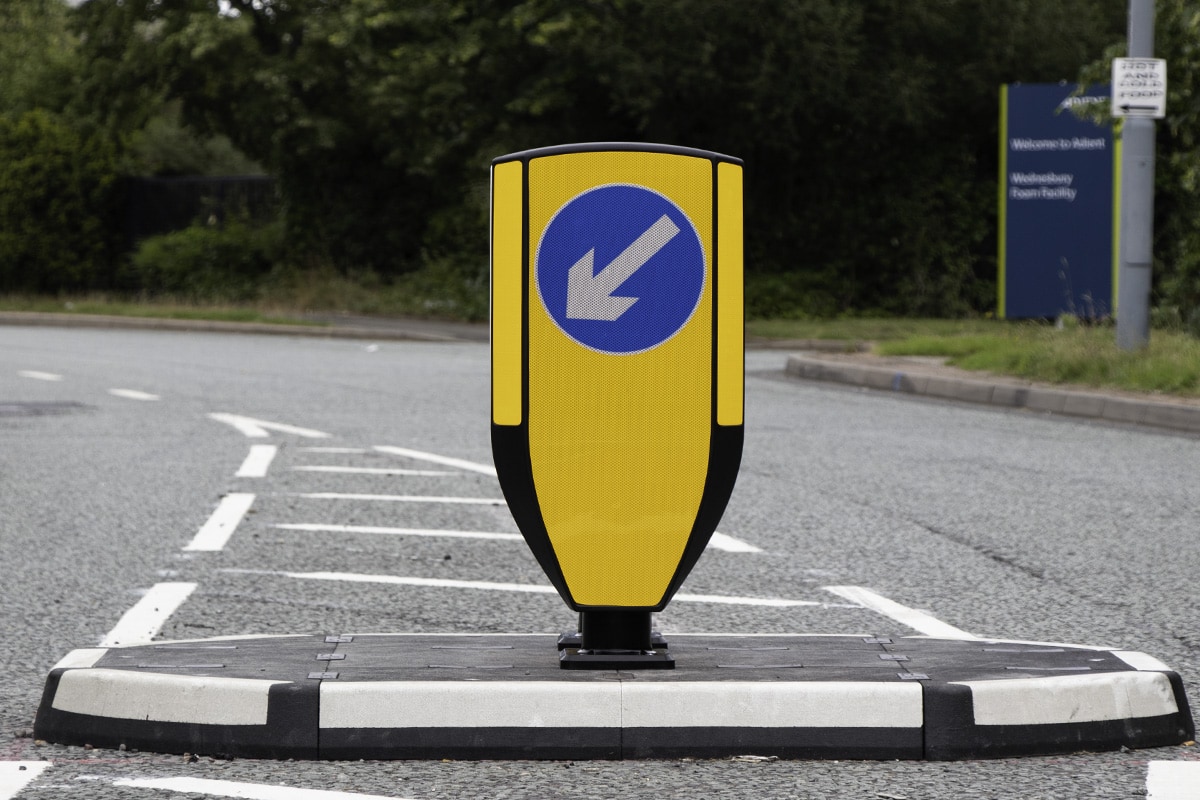Delivering Innovation
FM Conway’s Lighting division carried out a survey of all the existing bollards in the London Borough of Bexley to conduct a review of the suitability of installing non-lit bollards.
Following a review of the borough’s bollard inventory, a business case identifying the key areas for energy and maintenance savings could be established.
The majority of bollards were in poor condition and were a mixture of first-generation LED gear trays with some bollards using fluorescent lamps with everything burning 24/7.
Careful consideration was given to various bollard manufacturers and it was decided that Traffic Management Product’s (TMP) Retro-reflective Self-righting bollard (RSRB) was the most suitable because of their proven ability to rebound after a collision, able to deliver clear driver communication day and night and needing no external power.
The bollard displays a highly visible 300mm diameter traffic sign made from 3M retro-reflective material, ensuring both the bollard and traffic instruction is visible day and night.
A key part of the innovation is in the versatility of the bollard’s installation methods: base light conversion plates, retention socket compatibility and case-in foundation cages make installation easy no matter if it’s a new installation or a replacement.
Installing the TMP Evo-Max was very efficient as it involved removing the old base lit bollard and isolating the existing power supply to the base light, as it was no longer needed. The new Evo-Max bollard can then be secured to the existing base light with the attached conversion plate.
This installation method created a strong foundation for the bollard and at the same time reduced groundwork costs and increased safety for the installation team by reducing the time needed on the highway.

